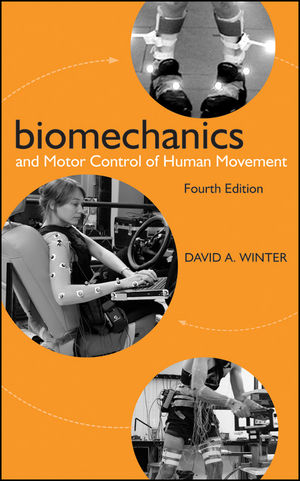Biomechanics and Motor Control of Human Movement, 4th EditionISBN: 978-0-470-39818-0
Hardcover
384 pages
October 2009
 |
||||||
Biomechanics and Motor Control of Human Movement, 4th EditionISBN: 978-0-470-39818-0
Hardcover
384 pages
October 2009
 |
||||||